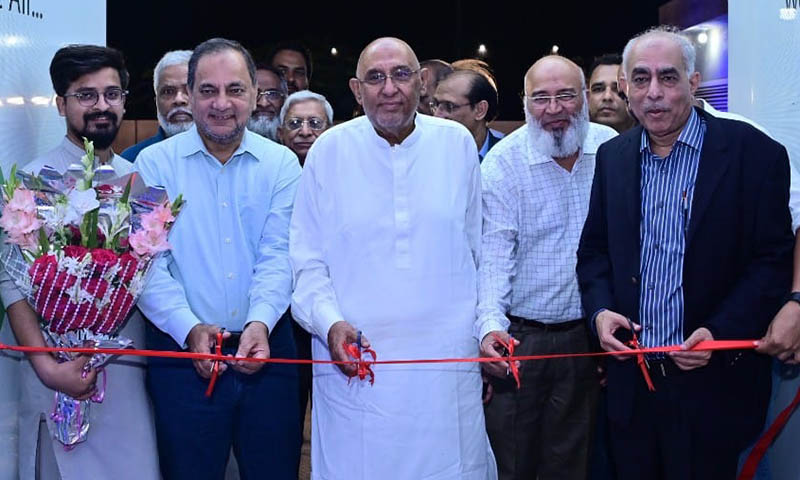Valuable insights from CEO Shan industries Mr. Ahmed Rizwan
Shan Industries, under the visionary leadership of CEO Mr Ahmed Rizwan, has embarked on a journey of innovation and progress in the HVACR industry. Since the inauguration of their state-of-the-art factory on May 20th, 2023, the company has consistently strived to enhance its capabilities and offerings. With the recent addition of new machinery and equipment, Shan Industries has reinforced its position as a leader in the field.
To foster collaboration and engagement within the industry, Shan Industries recently organized a gathering for renowned consultants and engineers, including Mr. Farooq Mehboob, Engr. Fahim Siddiqui and Engr. Yousaf Hassan. This initiative aimed to facilitate knowledge sharing and networking opportunities among key stakeholders.
Mr. Ahmed Rizwan CEO of the company proudly shared, “Our factory is now equipped with the latest technology, allowing us to manufacture a wide range of HVACR components efficiently.” Notably, the installation of a spiral duct machine capable of producing ducts ranging from 6 feet to 1.5 meters in size is the main addition to their portfolio. Additionally, the company has incorporated HVLS fans at the manufacturing facility maintaining positive as well as negative pressure.
Shan Industries has invested significantly in cutting-edge equipment for duct manufacturing, duct leakage testing, glue application, and spot welding. Mr. Rizwan emphasized, “Our comprehensive range of equipment under one roof sets us apart from others in the industry.” The expansion of their manufacturing area to 64,000 square feet provides them with the ability to manufacture equipment of any size.
Looking ahead, Shan Industries is exploring opportunities for joint ventures with foreign companies to initiate manufacturing and technology transfer projects.
Lastly, Shan Industries is leveraging automation to drive cost savings and efficiency gains. By investing in automated machines, they have achieved a 10-12% reduction in production costs, which is passed on to customers through competitive pricing.








